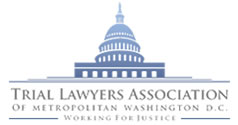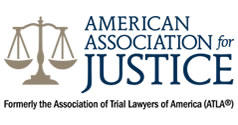Craniosynostosis (Skull Defect)
- Anal Atresia
- Atrial Septal Defect
- Club Foot
- Coarctation Of The Aorta
- Craniosynostosis
- Heart Valve Defect
- Omphalocele
- Persistent Pulmonary Hypertension
- Pulmonary Atresia
- Pulmonary Valve Stenosis
- Spina Bifida
- Tetralogy Of Fallot
- Transposition Of The Great Arteries
- Ventricular Septal Defect
Birth Defects
Craniosynostosis is a congenital (from birth) defect that occurs when the skull bones of the infant close prematurely. This leads to an abnormally shaped head.
The skull is composed of seven bones. In the normal infant, these bones do not fuse until the baby is about two years old. This gives the brain time to expand and grow.
But, in the child with craniosynostosis, these bones fuse too early. The shape of the baby's head is determined by which bones grow together too soon. There are two basic kinds of craniosynostosis, primary and secondary.
- Primary craniosynostosis: This occurs when one or more of the sutures (material between the skull bones) close early and prevent the brain from fully developing.
- Secondary craniosynostosis: In this case, the brain stops growing, often because of some inherited disorder. This allows the sutures to close too early.
Signs of Craniosynostosis
The general signs of craniosynostosis, and other skull defects, are:
- A misshapen skull
- The premature disappearance of the soft spot on the baby's head
- Slow or lack of growth of the head as the rest of the baby grows
- Formation of a raised, hard ridge where the affected suture (space between the bones) is
- Increased pressure inside the skull
Craniosynostosis occurs in different forms, depending upon which bones fuse. These include:
- Sagittal synostosis: This is the most common type of the disorder. In these babies, the sagittal suture (at the top of the head) closes premature. This forces the head to grow in an elongated shape.
- Coronal synostosis: This is the premature closure of one of the sutures that goes from the ears to the sagittal suture. This can force the head to be flat on one side. It also can also force the eye socket upwards and cause the nose to be deviated and the skull to be slanted.
- Bicoronal synostosis: This occurs when the coronal sutures on both sides of the head fuse prematurely. This is lead to a flat elevated forehead and brow.
Long-term Complications of Craniosynostosis
Skull defects may increase pressure within the skull as well as prevent the natural growth or formation of the baby's brain. This is particularly true in those who have an underlying syndrome. If the problem is not treated, the increased pressure in the skull can lead to:
- Blindness
- Seizures
- Brain damage
- Death, on rare occasions
Also, deformities that affect the center of the baby's face can cause:
- Obstruction of the upper airway, interfering with the baby's ability to breathe
- Permanent deformity of the head
- Problems with speech and language development
- Low self-esteem
Sometimes, craniosynostosis is caused by an inherited genetic defect. Also, a study of infants born between 1997 and 2001 showed a link between exposure to a selective serotonin reuptake inhibitor (SSRI) during the mother's pregnancy and having a baby with craniosynostosis. SSRIs are a class of antidepressants.
Contact a Birth Defect Lawyer
If your baby was born with craniosynostosis and you took an SSRI during your pregnancy, you should contact a birth defect lawyer to find out if you have a right to seek compensation for your baby's suffering. To schedule a free consultation with a qualified lawyer at Flood Law Group, contact us today.


